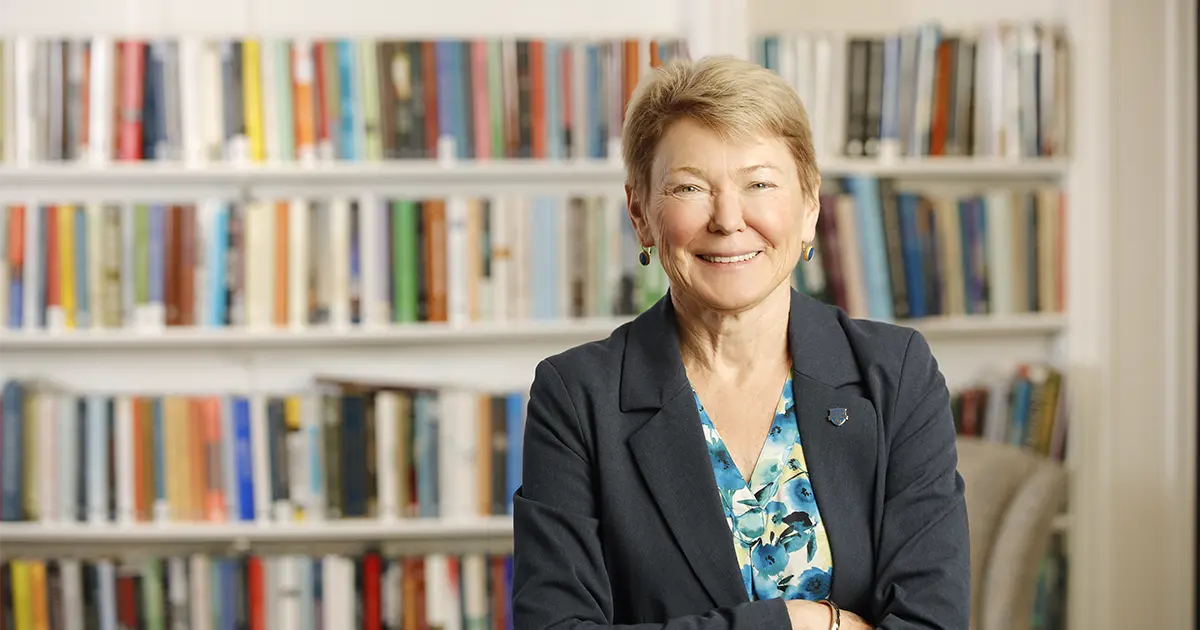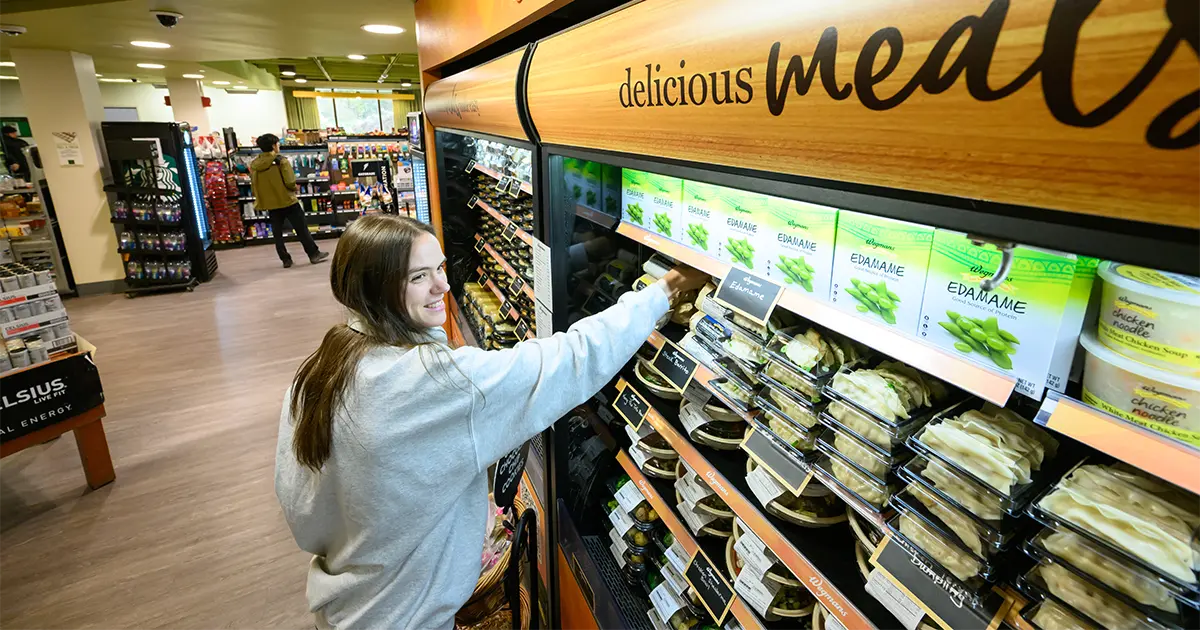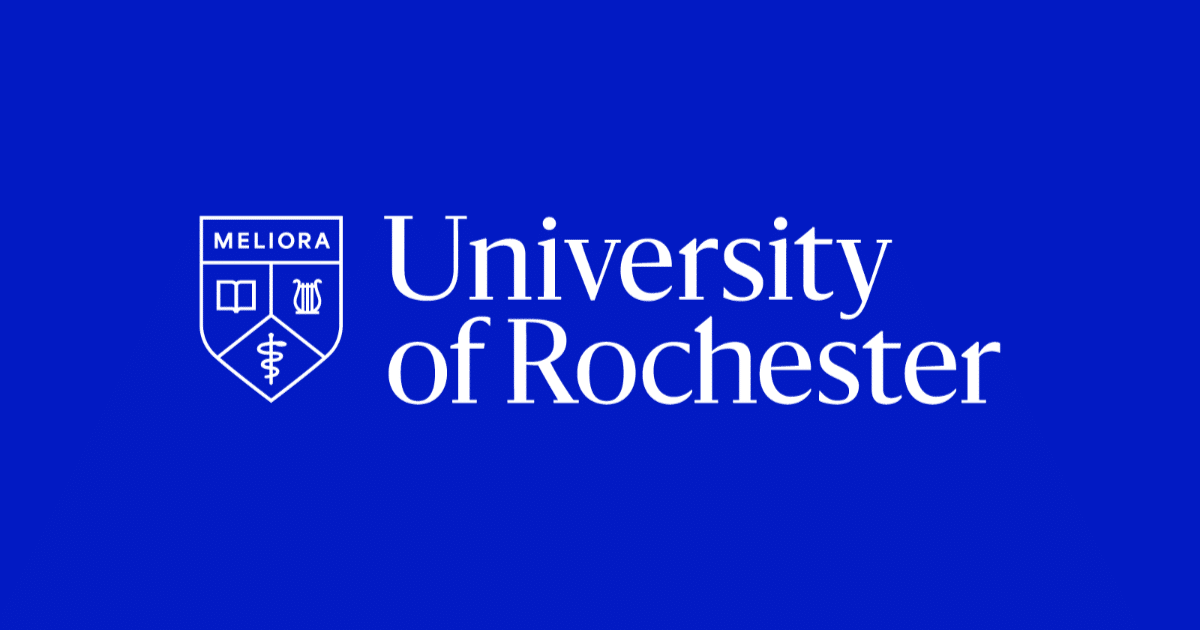State of the Plan: Year 2
As URocheser faces unprecedented headwinds, President Sarah Mangelsdorf talks about progress, goals, and confidence for the future
TL;DR
The strategic plan’s second year was colored by a shifting higher education landscape brought on largely by changes in federal policy. Despite some significant challenges, the University is making steady progress toward its Boundless Possibility goals. Big wins include our NCI designation, funding four new transdisciplinary centers, and the many steps we’ve taken to improve the student experience. And across the board, increased efficiency and coordination and long-term campus planning—through a new master plan—are guiding the work ahead.
President Sarah Mangelsdorf marked the start of the 2025–26 academic year with a message that noted the infectious energy of a new semester and the coming of Meliora Weekend and the launch of For Ever Better, the University of Rochester’s historic comprehensive fundraising and engagement campaign.
Higher education and academic medicine will continue to face challenges that could disrupt research, international admissions, campus climates, and business and financial operations at universities across the nation. Thanks to Boundless Possibility, said the president, “we have positioned ourselves to navigate potential difficulties while also investing in our commitments to advance knowledge in ways that contribute to the greater good.”
With Boundless Possibility heading into its third year, we checked in with the president to see how she felt about the progress we made over the last year.
Better Things: To set a baseline for the conversation, given everything that’s happened in the past year, how would you describe the University’s progress on the strategic plan in two words?
Sarah Mangelsdorf: Surprisingly strong.
We would have been surprised to hear you say anything different, but it’s still great to hear that. Tell us why you feel that way.
We hit two major milestones when we secured the National Cancer Institute designation and funded the four new transdisciplinary centers. And we made real changes to enhance the student experience. John Blackshear has played an integral role in helping us think about how we facilitate more coordination across schools and ways to bring graduate students into the student life portfolio. For example, we recently discovered some gaps in communication between housing and dining that have hindered the efficiency and effectiveness of our dining operations. So, we’re addressing that.
Last summer, I was part of a group that visited all the housing on campus because we know that many of our older dorms need to be brought into the 21st century to meet the expectations of current students and their families. We have a plan in place to try to do a dorm refresh each summer. This year, we’re taking Hoeing [Hall] offline to redo the bathrooms, lounges, and other spaces.
We added someone in a new role. Elaine Sia is the senior vice provost for academic excellence. She works closely with John Blackshear but focuses on the academic side of the student experience.
One of the important things Elaine is doing is helping us bring career advising and academic advising closer together. We want to ensure undergraduate students are prepared to do research or are taking the right courses to pursue an internship. We want them to think about these experiences earlier so they can more effectively take advantage of our open curriculum, which is a huge selling point for many of our students.
The research and internships are part of a strategic plan objective that we call “experiential learning opportunities,” which also includes working with faculty on research, doing community-based learning, doing an internship and studying abroad. We want to be able to track all that, and we want our academic advisors to help students plan for these opportunities. With Elaine and John on our team, we are better situated to do that.
URochester students already enjoy notable success after graduation. How do you see the changes to the student experience affecting outcomes?
We’ve talked a lot about this. One variable that we’re focused on is our six-year graduation rate, which hovers around 88 percent. That’s good, but it’s lower than we would expect given the caliber of our students and the resources we provide them. Elaine and John put us in a better position to study and improve that.
One thing we know about this data point is that our students aren’t failing; instead, our retention rate is in part a reflection of the tremendous competition we face in keeping students at Rochester. Some other institutions actively recruit some of our best students away from Rochester. We want our students to feel as connected to URochester as possible, so they’re less likely to consider transferring elsewhere. We’ve found that our student athletes graduate at higher rates—and to me, that reflects the power of being part of a team, where a built-in community offers support and stability. Creating that same sense of connection and community for all of our students is something we need to continue strengthening.
We know that you’re working on creating more programs that make it easier for an undergraduate student to continue their education here as a graduate student. Is that right?
Yes—we’re rebuilding combined bachelor’s and master’s programs, which we used to offer more widely. And we’ve made this a priority in the strategic plan because, on the front-end, they help us draw students to Rochester. And because they offer students the opportunity to continue their education here, they’re likelier to stay.
This year, we’re taking a hard look at all the master’s programs we offer. We have some that are very robust with strong cohorts—the master’s in Optics and Data Science are good examples, as are the business analytics master’s at Simon and the Mental Health Counseling program in Warner.. We have others that we can strengthen with greater recruitment efforts.
We expect to have a clearer sense in the coming months of which programs we need to start to market more aggressively.
Rob Alexander, our drector of enrollment management, will help oversee enrollment for master’s programs, which we hope will assist in recruiting and retaining our undergraduates.
Let’s move over to the medical center. David Linehan has been CEO for almost two years and has revamped its vision and direction. How will what he’s done help us weather this oncoming storm?
David has been a great partner, and he has a very complicated task. Our medical health enterprise is large and incredibly complex, and medicine faces funding and regulatory compliance issues that much of the University doesn’t see. Because of the leadership of David and the work of his team, we were able to end the fiscal year in June with a comfortably positive margin, which is crucial going into the next few years.
Our hospital is obligated to take all patients regardless of their ability to pay. Many of our patients rely on Medicaid and Medicare to pay for their health care, and we know for Medicaid coverage will be greatly reduced in 2027.. David and his team are thinking creatively for how to plan for that while investing in areas that are expected to grow in demand.
Having been on the faculty for more than a decade, David knows the Medical Center well. He’s done an outstanding job in working with our affiliate hospitals throughout western New York and the Southern Tier, helping bring all eight of our hospitals into a closer working relationship. His leadership has been key in our earning NCI designation, and he’s overseeing the construction of the new emergency department and patient tower. It’s the largest capital project in our history, and it’s on schedule and on budget, which is quite a milestone.
David’s doing a really good job of thinking carefully and strategically about a wide variety of issues at a very challenging time.
Speaking of challenging times, following the COVID-19 pandemic, the success of our faculty and staff became not only a priority but also an opportunity for us, as an institution, to really rethink how we invest in people. How have we made progress toward the goal of making URochester a better place for people to work?
When I first came here, people were always telling me that we were the region’s largest employer. And my reaction was, “But do people like working here?”
Ever since I hired Kathy Gallucci as VP for HR, we’ve spent a lot of time thinking about what it means to be a good place to work. You want to feel valued; you want to feel appreciated; you want to get feedback for your work. We’re still working on those things.
We also want to enhance people’s professional development. One of the reasons we launched the career path modernization was to make opportunities for advancement clearer for employees.
We’ve done more active recruiting in the community. We’ve also expanded training opportunities where we’ll pay for the training of people who come to work here. And we’re working to enhance our approach to demonstrating our appreciation to staff.
We’re looking to build on our staff awards program. We also launched UR Stars. And for the first time, this year, we’re conducting a University-wide employee engagement survey. The survey is anonymous, so we hope that it encourages people to be candid in their responses, giving us real insight into morale and helping us identify the problems and bright spots.
Moving over to the strategic plan goal on sustainable growth. How do you feel about the work that’s occurred in that area?
We all need to think how we can be efficient with our resources. I often tell the story of my first year as dean at Northwestern. In the fall of 2008 we lost $2 billion in our endowment. We had to cancel most faculty searches as well as make many other cost-saving measures. That spring the deans had to give their strategic plan and budget presentations to senior leadership. One of my associate deans said, “Well, if there’s no new money, how can we do a strategic plan?” I said, “When there is less money, you have to be more strategic.” I think we’ve done a good job of being strategic with our resources at Rochester. And we’ll have to continue to do that.
How much of this was already baked into the plan?
All of this was already in the plan in some way. We were intentional about operational efficiency and sustainable practices. If costs continue to rise, then we must continue to find ways to offset or minimize the effects.
One way we’ve started to address this is by adopting more of a One University approach. For example, Page [Hetzel] has been thinking about how our marketing and communications across the University can be better coordinated to avoid duplicating efforts or redundant expenditures. A financial challenge is also a great opportunity to evaluate how we can do more of that.
Has the plan also prepared us for the squeeze on research dollars? Have we had to reevaluate any of the plan’s tactics?
Federal policy has created real challenges, but we’re adapting. Sometimes it’s as simple—and as frustrating—as making sure grant proposals are in alignment with federal policy. But I’m not telling people what they should or shouldn’t study.
We do have to be a little more creative about our corporate and foundation partners. That being said, I want to be clear, no foundation—not even with the combined resources of a Gates, Mellon, and Carnegie—can replace what the federal government does to support higher ed. But they are trying to help at this critical juncture.
I say this at every single alumni event I do: private funding for higher ed is more important than ever—specifically to grow our endowment for financial aid.
As you said at the beginning, despite all these headwinds, we’re doing well. Presuming we keep this momentum, what are some of the next big milestones that we’re working toward?
Campus master planning is underway. We know that our science labs need updating. Hutchinson Hall opened in 1971, and 54 years later it is not a state-of-the-art science building. I mentioned earlier that we had visited all of housing in the summer of 2024 as did our master planners. We looked at the whole mix, from undergraduate to graduate housing, including Whipple Park and Goler House. Our masterplan also envisions more third spaces to support students, such as lounges cafes where they can gather and meet informally.
Any time you see new construction happening, know that it’s part of a plan. It’s not just about individual buildings, but about how we use our land and connect the River Campus with the Medical Center.
People may wonder why we would continue with these plans at a time when we face significant financial challenges. The answer is that these things take time. The Strong Expansion Project and Saunders Center for Orthopaedics and Physical Performance were being planned more than 10 years ago. If we don’t plan now for what we need to be successful, it won’t happen in the future.
What do you want faculty and staff to take away from this moment?
Strategic plans aren’t about checking boxes; they’re about setting a direction and moving forward, even when the landscape changes. And we’re up against a continually shifting landscape. But we’ve made real progress, and we’re learning to act more as One University.
All the improvements we’ve made can be traced back to people. The strategic plan isn’t just a collection of goals and objectives; it’s a commitment to being better that we’re all living out every day.
The energy I’ve seen gives me confidence that we’ll continue moving forward no matter what challenges lie ahead.
Related updates
A first-of-its-kind collaboration between URochester and Wegmans makes meals easy.
The refreshed brand builds on the University’s 175-year legacy while spotlighting its vision and values.
The comprehensive campaign seeks to raise $1.75 billion for Rochester’s future while expanding alumni and community engagement.








